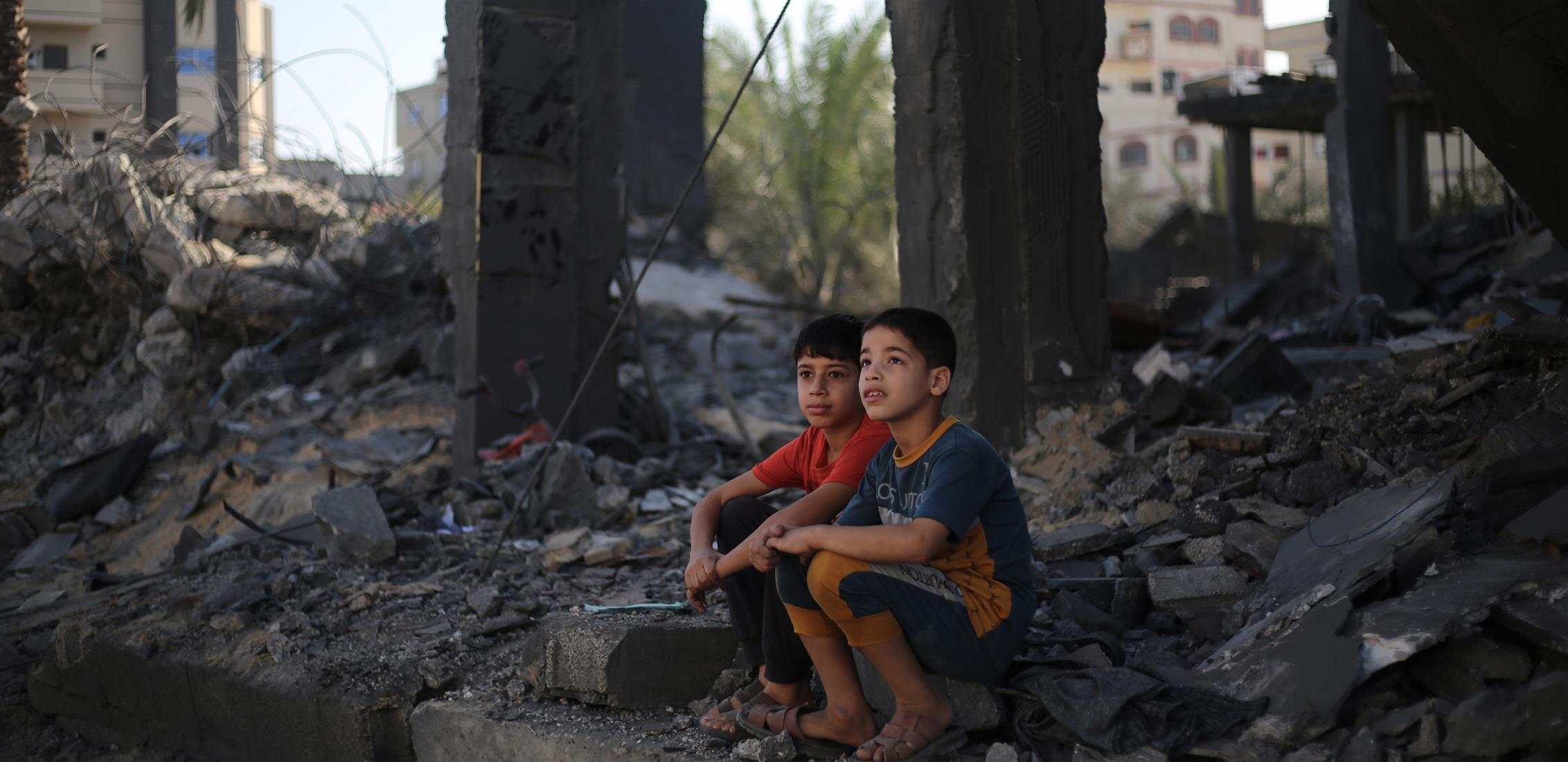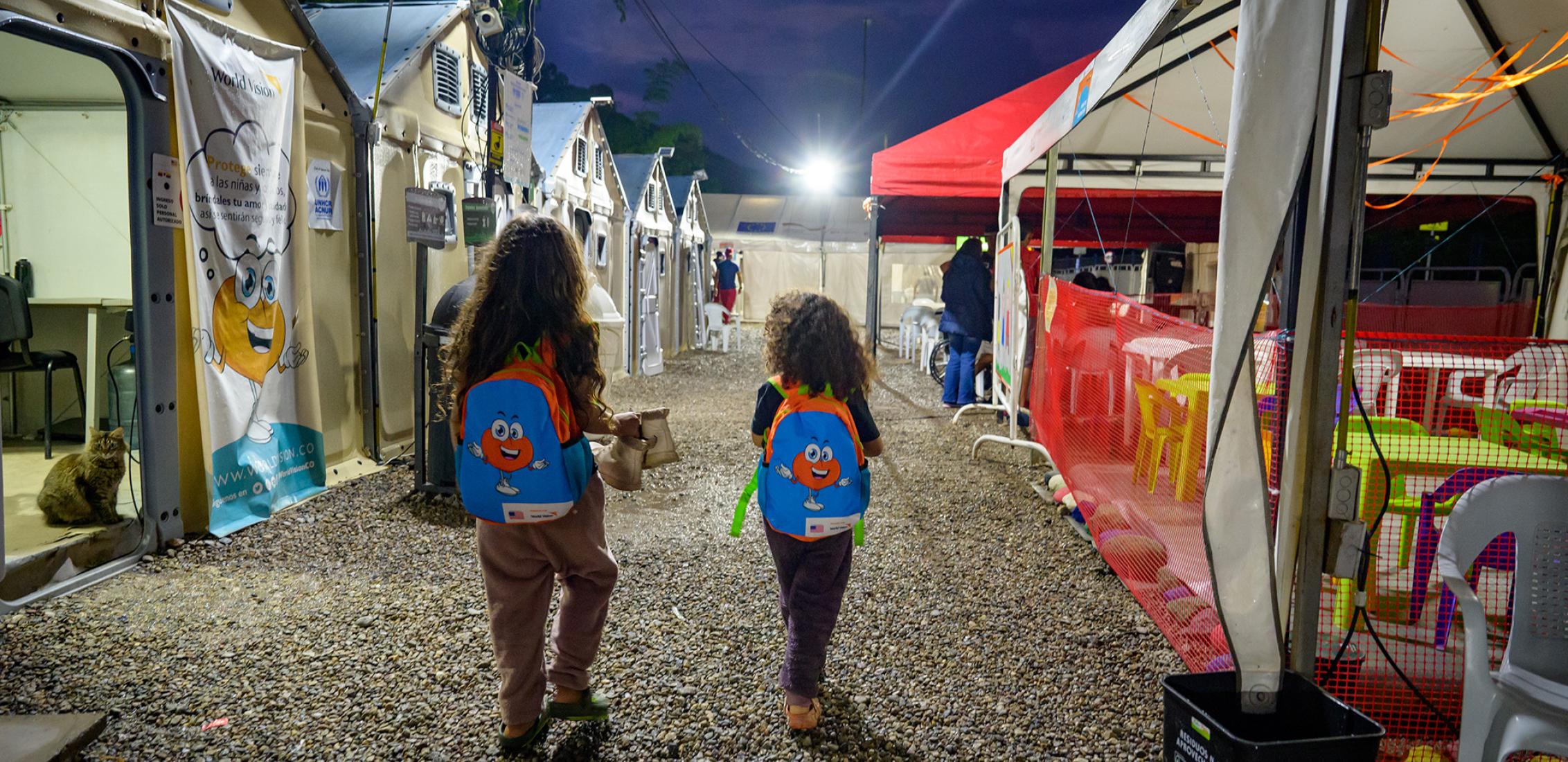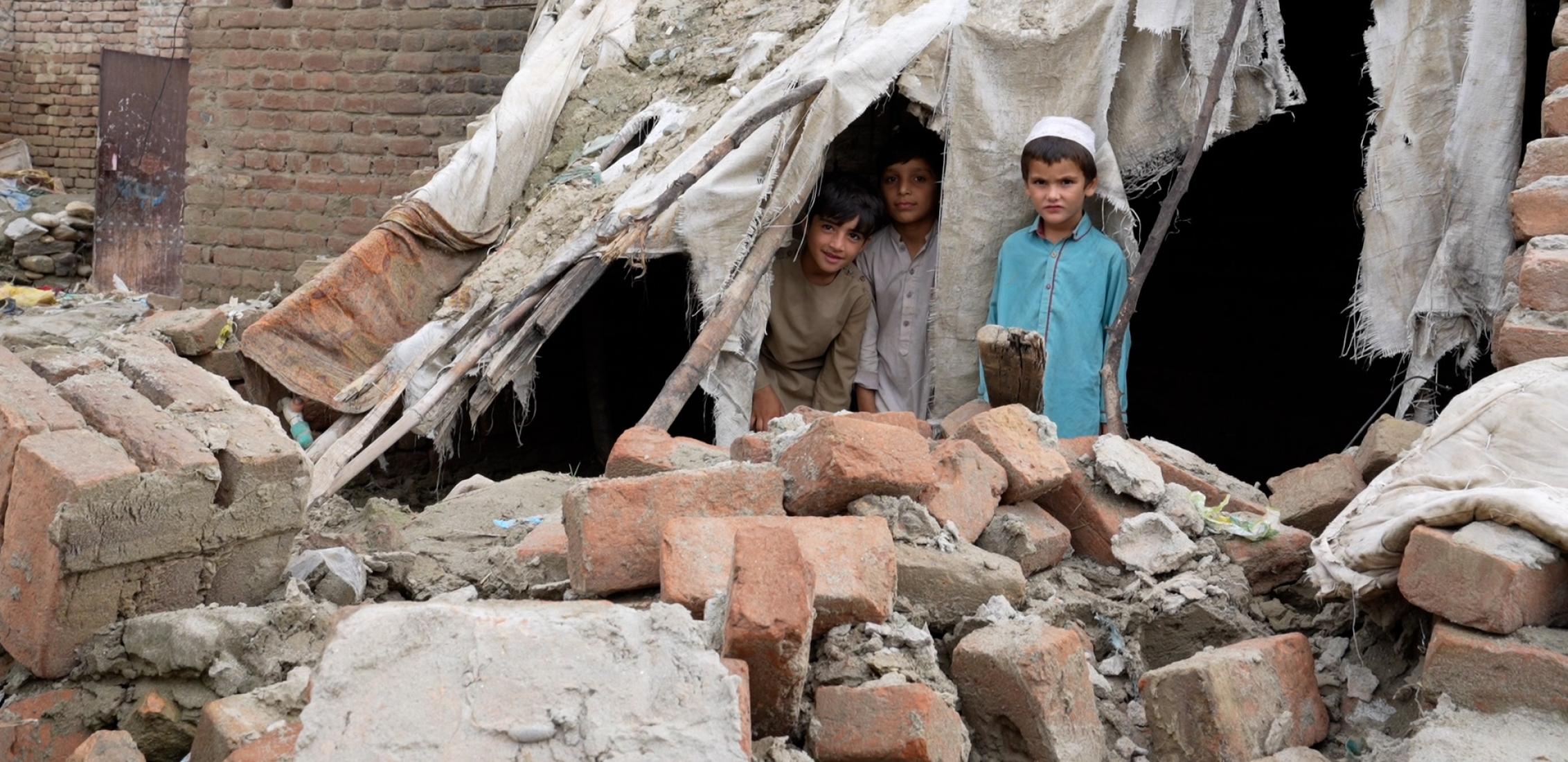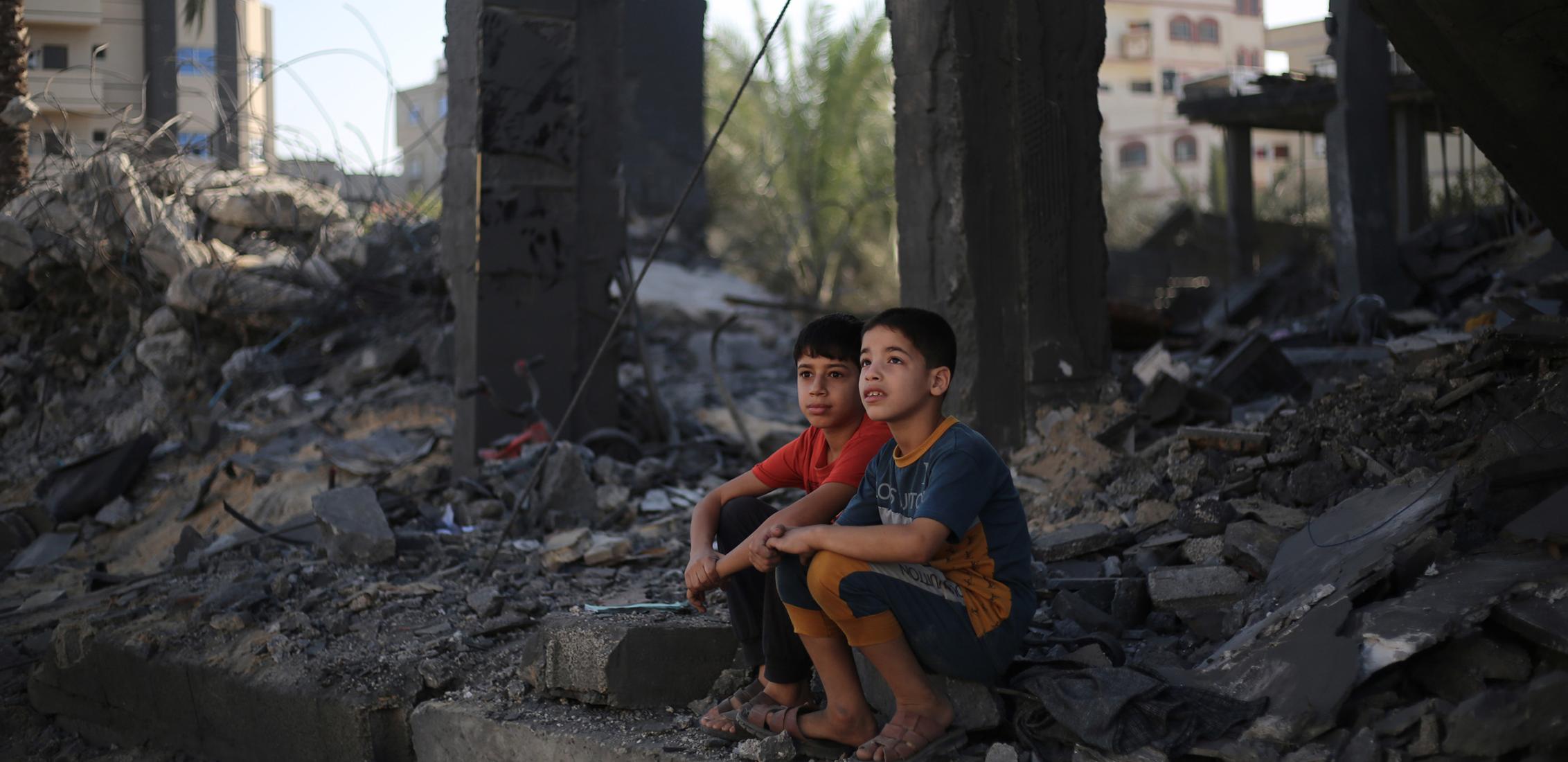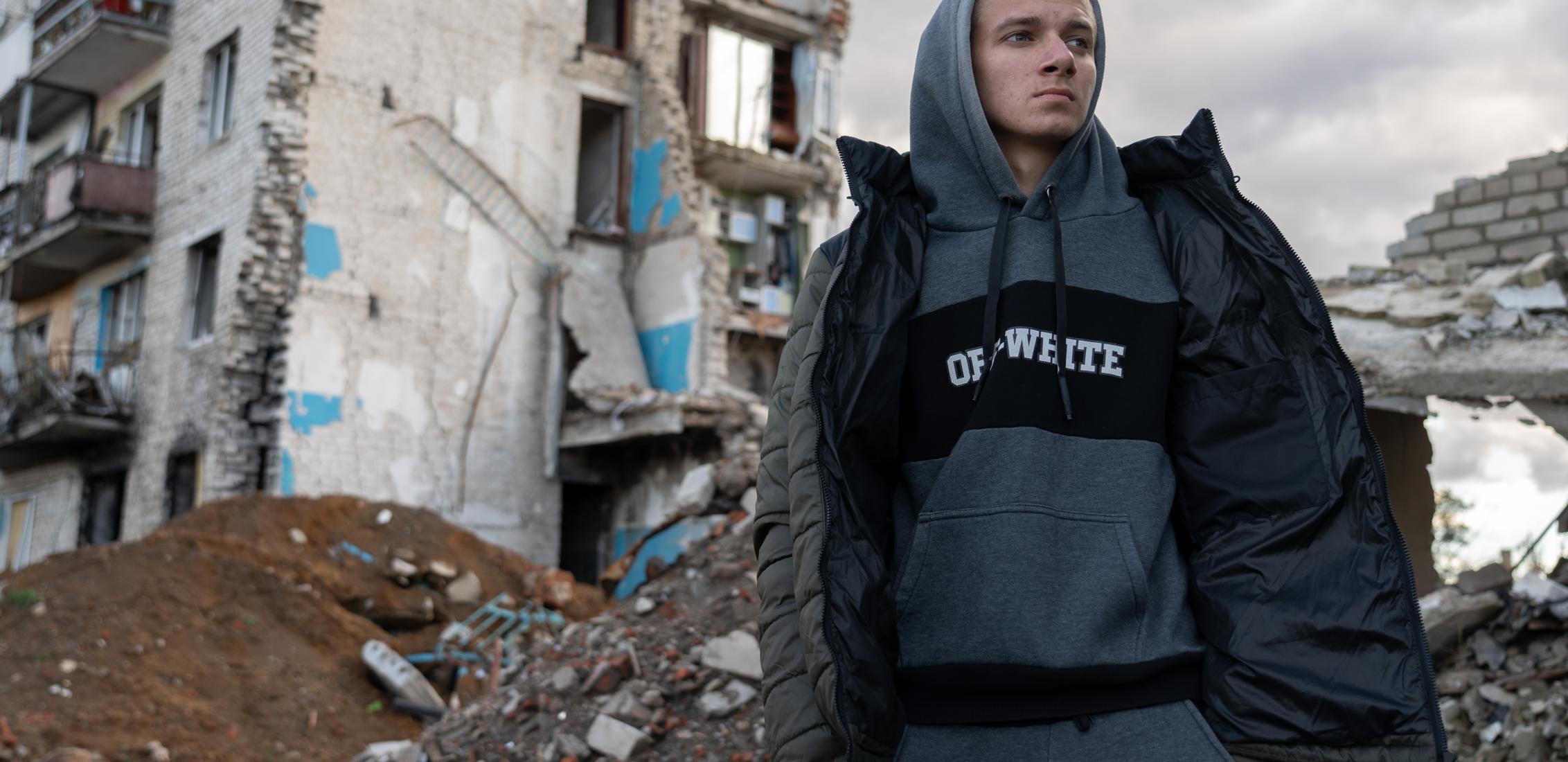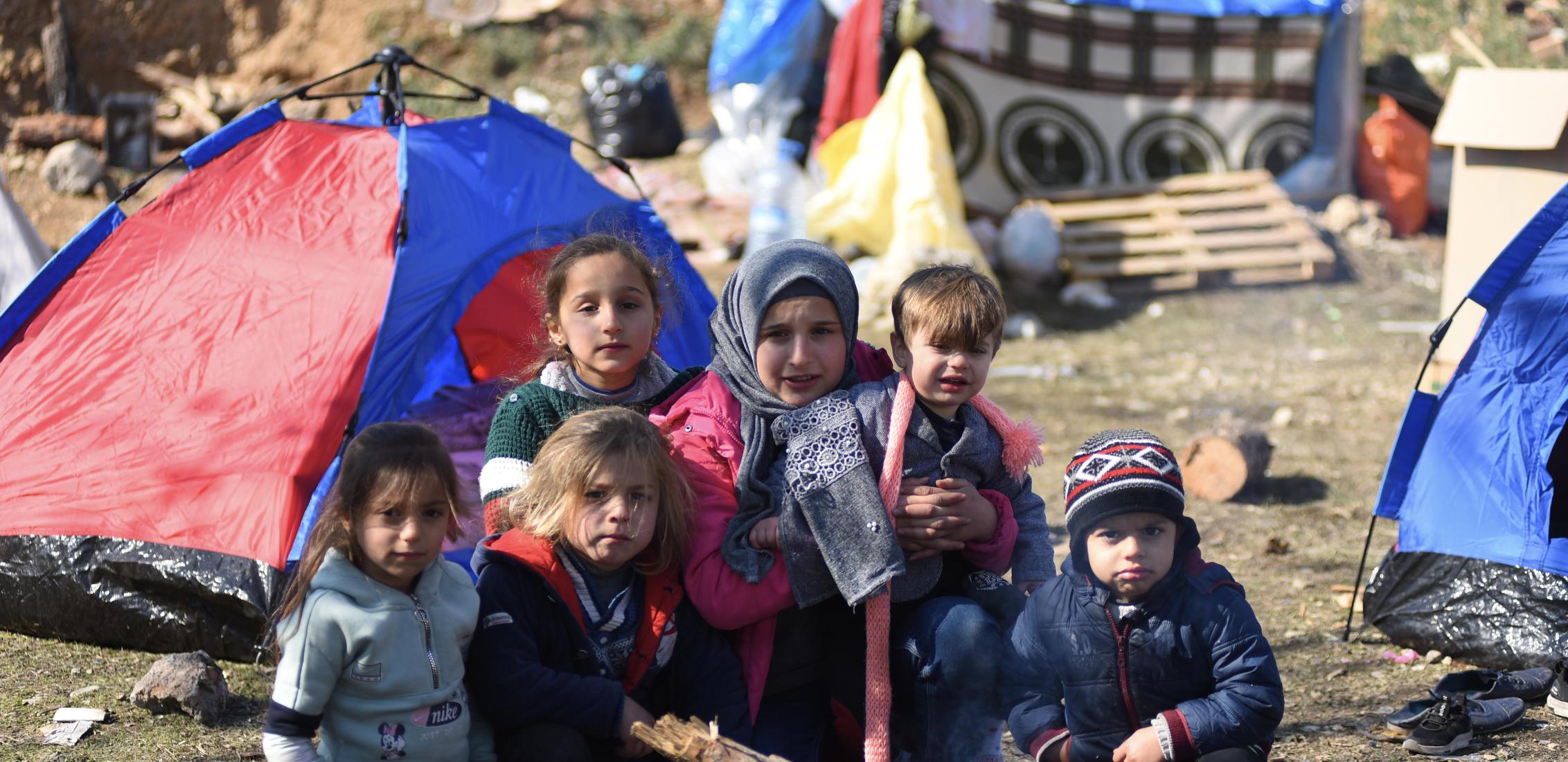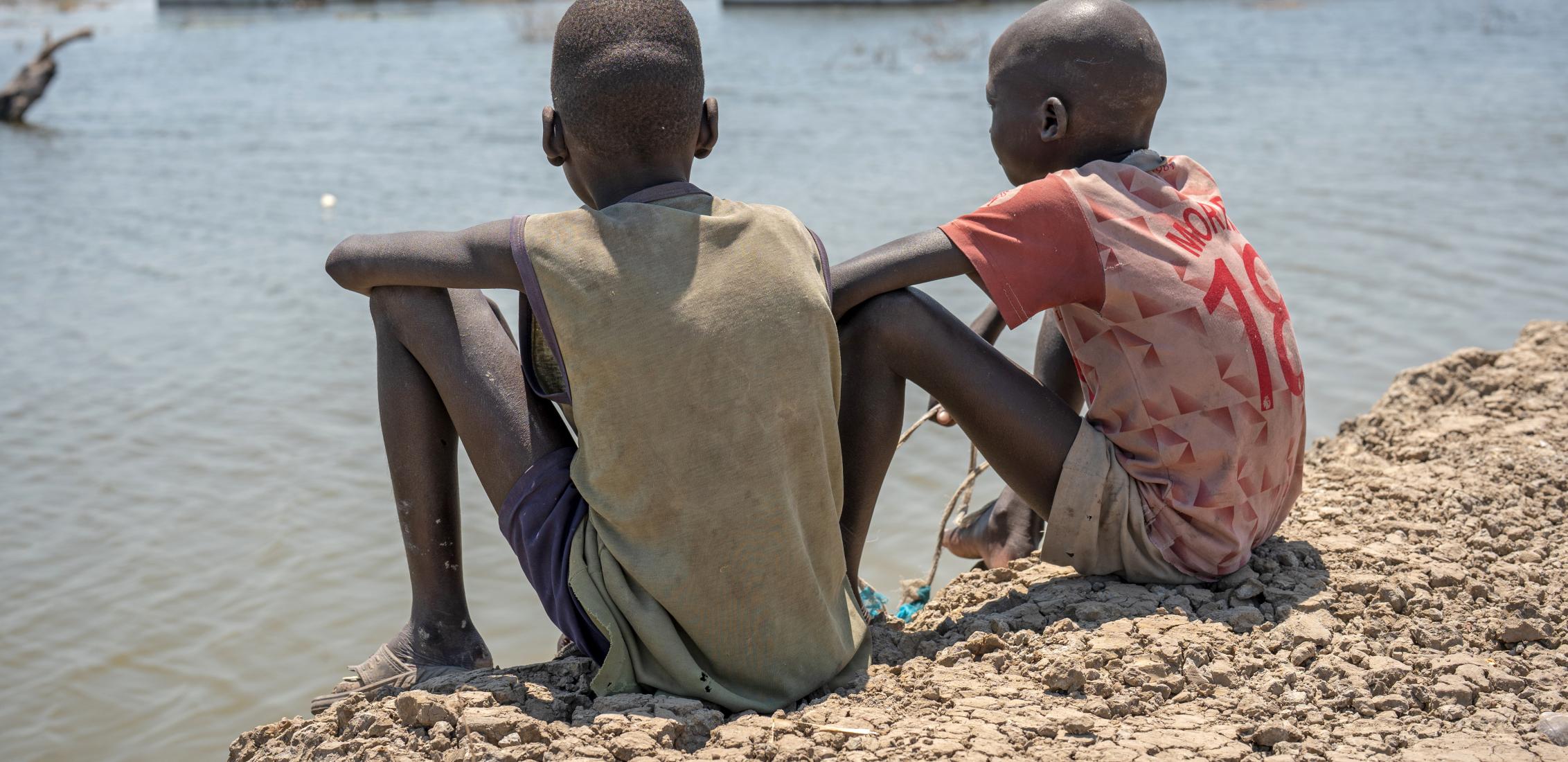The Unprotected: Overview of the Impact of Humanitarian Crises on Children in 2023
Explore examples in the photo galleries below.
As we reflect on 2023 and embark on a new year, the Alliance for Child Protection in Humanitarian Action is deeply concerned about the devastating consequences of increasing armed conflict, climate-induced emergencies, and disasters associated with natural hazards on children around the world.
The sharp escalation in the scale and intensity of armed conflicts and the increasing violation of International Humanitarian Law (IHL) and International Human Rights Law (IHRL) throughout 2023 has had devastating consequences for children’s rights, including their right to protection. One in five children globally live in or are fleeing from conflict zones. Forced displacement reached unprecedented levels in 2023 and children constitute 41% of all forcibly displaced people despite being only 30% of the world's population. Due to the protracted nature of conflict, the majority of these children will spend their entire childhoods in displacement.
Children are being maimed and killed, recruited and used by armed forces and groups, abducted, and subjected to sexual violence. Meanwhile essential services and infrastructure, including hospitals and schools, are being attacked or used by armed groups and armed forces for military purposes, and life-saving humanitarian assistance is being deliberately denied. The physical, emotional, and mental health impacts these violations have on children are devastating in the short term and will have detrimental impacts on their healthy development in the long term if not addressed.
The UN Secretary General’s 2023 report on Children and Armed Conflict included the highest ever numbers of verified grave violations against children throughout 2022. Situations with the highest numbers of children affected were the Democratic Republic of the Congo, Israel and the State of Palestine, Somalia, Ukraine, and Syria. Attacks against schools and hospitals increased by 112% and the recruitment and use of children by armed forces and armed groups rose by 21% compared to the previous year. With the outbreak or escalation of conflicts during 2023—particularly in Sudan and the Gaza Strip and the West Bank, including East Jerusalem—the number of violations against children throughout 2023 will almost certainly be higher. Ending and preventing grave violations against children and ensuring that perpetrators are held accountable has never been more urgent.
More details and specific recommendations on Children Affected by Armed Conflict can be found in the Technical Annex.
The current war in Gaza is the deadliest conflict for children in recent times.
In the first month alone, 10 times more children were killed in Gaza than in the entire first year of the war in Ukraine. Children and their families have nowhere safe to go as Israel continues to bomb previously declared safe areas. Children are being maimed and suffering physical injuries, with little option for medical care or treatment. More than 10 children a day lose a limb with lifelong consequences for their physical and mental health. All children in Gaza are highly food insecure and at risk of famine. Three months of constant bombardment and restrictions on aid entering Gaza have created the conditions for an exponential rise in malnutrition, with extremely limited access to food and water.
Any use of starvation as a method of warfare is strictly prohibited under international law and will have deadly consequences for children. An immediate ceasefire is needed now in order to save children’s lives and protect them from the longer-term impacts of conflict.
Children have the right to a safe and healthy environment, yet the climate crisis continues unabated. During 2023, climate-induced disasters continued to increase in scale, frequency, and intensity, often against a backdrop of conflict and instability. From catastrophic flooding in Libya, to climate, conflict, and poverty induced migration and displacement along extremely dangerous routes such as the United States-Mexico border, children pay the heaviest price, yet are the least responsible for climate change.
Devastating earthquakes in Syria, Afghanistan, Türkiye, and Morocco have exacted an enormous toll on children and their families. Social protection mechanisms, many of which are already reeling from the global pandemic and other crises, are only getting further away from meeting the increasing needs of the most vulnerable children and their families.
Economic vulnerability stemming from lack of livelihoods opportunities continues to be a major driver of child protection risks, such as trafficking, child labour, neglect, psychosocial distress, physical and emotional maltreatment, child marriage, family separation, and recruitment and use by armed forces and armed groups. Funding shortfalls in 2023 saw significant cuts in food assistance to vulnerable populations around the world, exacerbating root causes of protection risks for many children. In just one example, after the value of food vouchers to refugees in Cox’s Bazaar in Bangladesh was cut by a third in the first half of 2023, there has been a reported increase in child neglect, child labour, gender-based violence, violence within the household, recruitment of boys into criminal groups, trafficking, and tension between refugee and host communities.
As more and more people are forced to flee situations of conflict, violence, and climate-induced disasters, the number of forcibly displaced people reached another record high in 2023 and is now over 114 million people. Children affected by forced displacement and statelessness face heightened risks of violence, neglect, abuse, and exploitation.
In Sudan, where the world’s largest child displacement crisis has unfolded since the outbreak of conflict in April 2023, unaccompanied and separated children are particularly vulnerable to recruitment by parties to the conflict. Available data from some of the world’s most dangerous migration routes suggest that an increasing number of children in 2023 were unaccompanied or separated from families or caregivers. More than 11,600 children crossed the Central Mediterranean Sea to Italy without their parents or legal guardians between January and mid-September 2023, an increase of 60% compared to the same period the previous year. The Darien Gap—a remote, dangerous jungle crossing point between Colombia and Panama—saw a seven-fold increase in the numbers of children crossing in 2023 compared to 2022, amongst them a growing number of unaccompanied or separated children. Without the care of families or other caregivers, children are at heightened risk of exploitation, abuse, and neglect, as well as recruitment into armed forces and armed groups, unsafe migration, child labour, gender-based violence, and experiencing prolonged gaps in access to education with increased likelihood of never returning to learning.
More details and specific recommendations on Unaccompanied and Separated Children can be found in the Technical Annex.
The unprecedented increase in children's rights violations and abuses throughout 2023, and in particular their right to protection, is alarming. Children (everyone under the age of 18) are a distinct group of rights-holders, with an additional set of rights accorded to them by the Convention on the Rights of the Child and its Optional Protocols, yet their rights are being flagrantly and increasingly violated with impunity. For children today, this has a devastating impact on their right to survive and develop to their full potential. Dangerous cycles of violence are gaining momentum across many humanitarian contexts and are seriously jeopardising future peace while also impacting the ability of the children of tomorrow to survive and thrive.
Against this backdrop and in order to respond to increasing need, the Alliance calls for urgent action and investment in three critical areas in 2024
1) Invest in the Child Protection Workforce —it is the key asset to protect children in crises
The protective factors that exist in a child's ecosystem are eroded during times of crises, and children face new and increased protection risks. Life-saving and life-sustaining protection services and supports, to meet increasing numbers of affected children and their families, need to be available and scalable. The provision of these services and supports requires a resourced and skilled child protection workforce composed of actors from across local, national, government, and international agencies, as needed. A sufficient number of child protection staff that are well trained, supported, and available in humanitarian locations are crucial for quality child protection programming.
2) Prioritise preventing harm while continuing the response to urgent needs
While the best prevention remains the end to violence and hostilities and respect for the rights of civilians, particularly children, prevention of child protection harm is possible even amidst conflict and crises. Humanitarian and development actors, including governments, can reduce the likelihood of Child Protection harms and child rights violations by addressing the root causes of harm. If we wait to act until a child suffers an abuse or violation, it is already too late, and the harm can have irreversible impacts. Furthermore, preventing harm to children before it occurs is an ethical responsibility of all actors in humanitarian contexts, including governments and actors across the humanitarian-development-peace nexus. Primary prevention also increases the cost-effectiveness and sustainability of humanitarian interventions.
3) Join us - Every actor across the humanitarian system has a role to play in protecting children
All humanitarian actors play a role in ensuring children realise their rights, including their protection rights. Against a backdrop of increasingly complex, layered, and protracted humanitarian crises, growing needs, and widening funding gaps, it is more critical than ever to ensure all actors, across all levels of the humanitarian system, work hand in hand to address children’s holistic protection and well-being needs. This requires children becoming a central element of all policies and decision making across the humanitarian architecture.
More details and specific recommendations for each of these areas for action can be found in the Technical Annex.
These critical areas of investment are further elaborated within the Alliance for Child Protection in Humanitarian Action’s 2021–2025 Strategy A Clarion Call: The Centrality of Children and their Protection within Humanitarian Action and the Centrality of Children and their Protection in Humanitarian Action – an Introduction. They are also underpinned by the IASC Policy on Protection in Humanitarian Action as a central element of all humanitarian action.
While Child Protection actors have evidence-based solutions, including tools, resources, and guidance to help children, their caregivers, communities, and fellow humanitarian workers protect children and respond when violence does happen, it is upon all of us to stop the cycle of violence and adversity that is harming children at such scale. As we look ahead to 2024 and beyond it is imperative that children’s rights are protected as a priority, before, during, and post conflict and crises.
About the Overview and Technical Annex: This Overview and its Technical Annex were developed by the Alliance for Child Protection in Humanitarian Action. We would like to thank the following Alliance members and partners for their expert contributions and guidance: The Global Child Protection Area of Responsibility, the International Federation of the Red Cross, the Inter-agency Network for Education in Emergencies, the Office of the Special Representative of the Secretary-General for Children in Armed Conflict, International Rescue Committee, Street Child, Save the Children, World Vision International, and Watchlist. The Thematic Spotlights and the Areas for Action were identified based upon consultations with country-based teams from Alliance member organisations and child protection coordination groups across 13 humanitarian contexts.
- 14583 views

